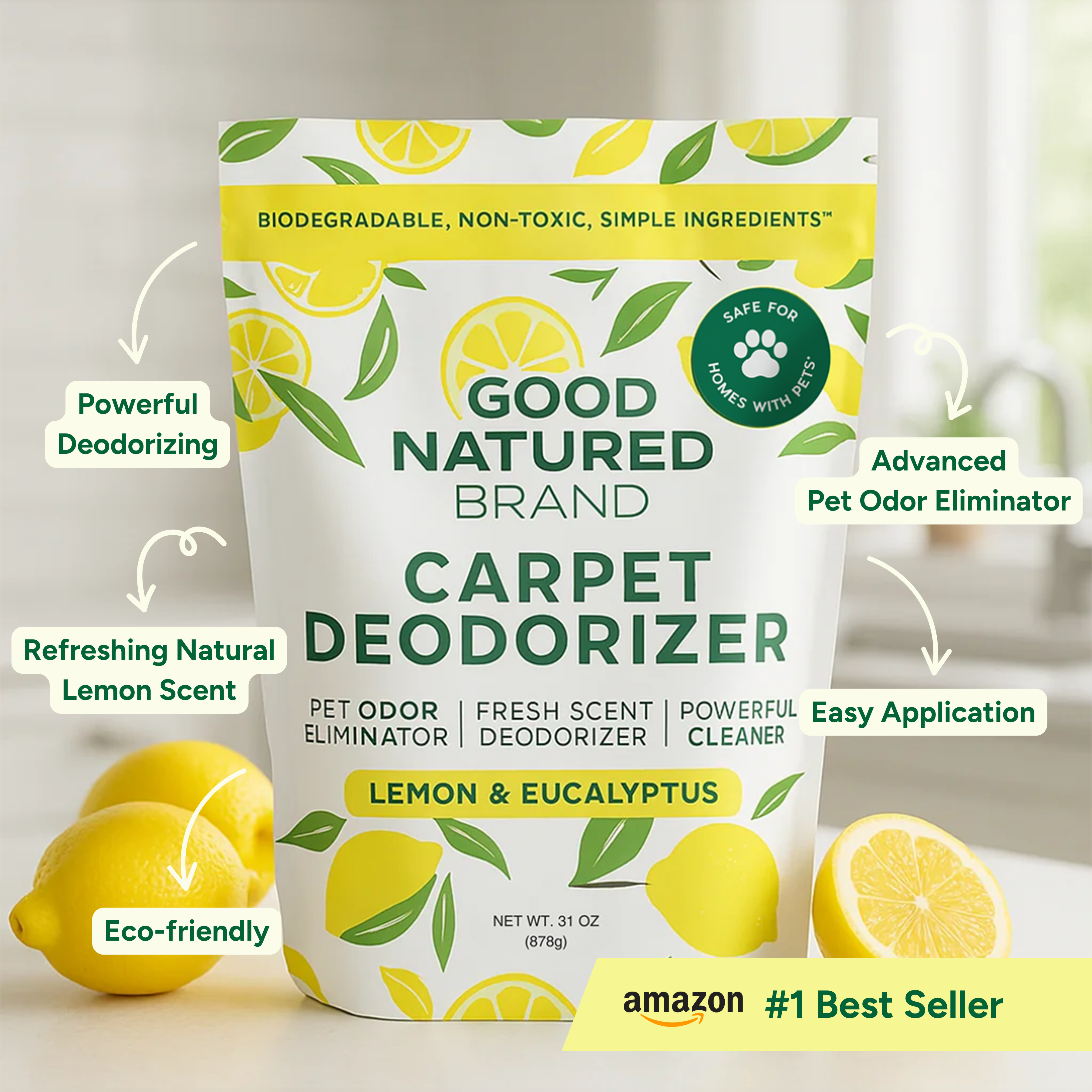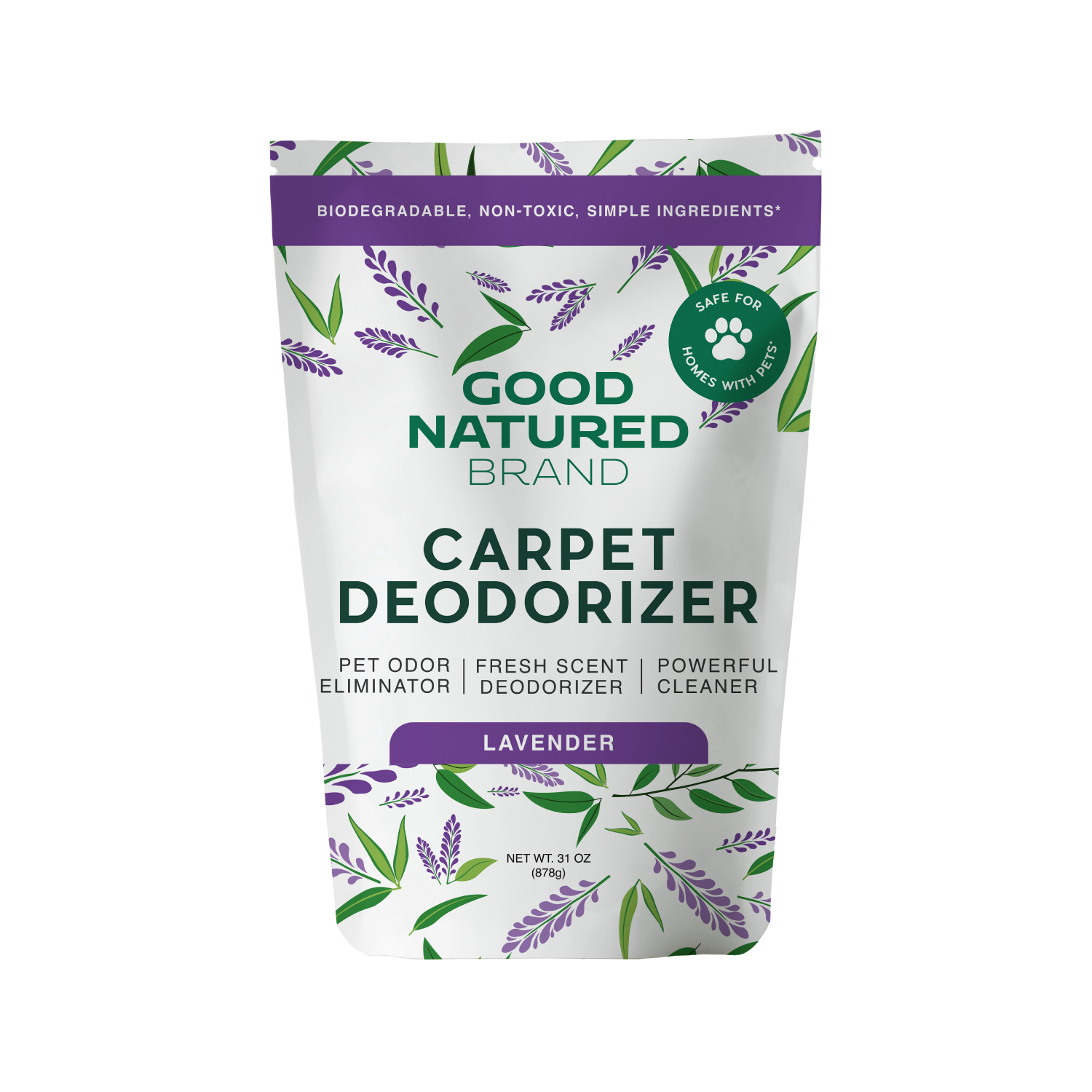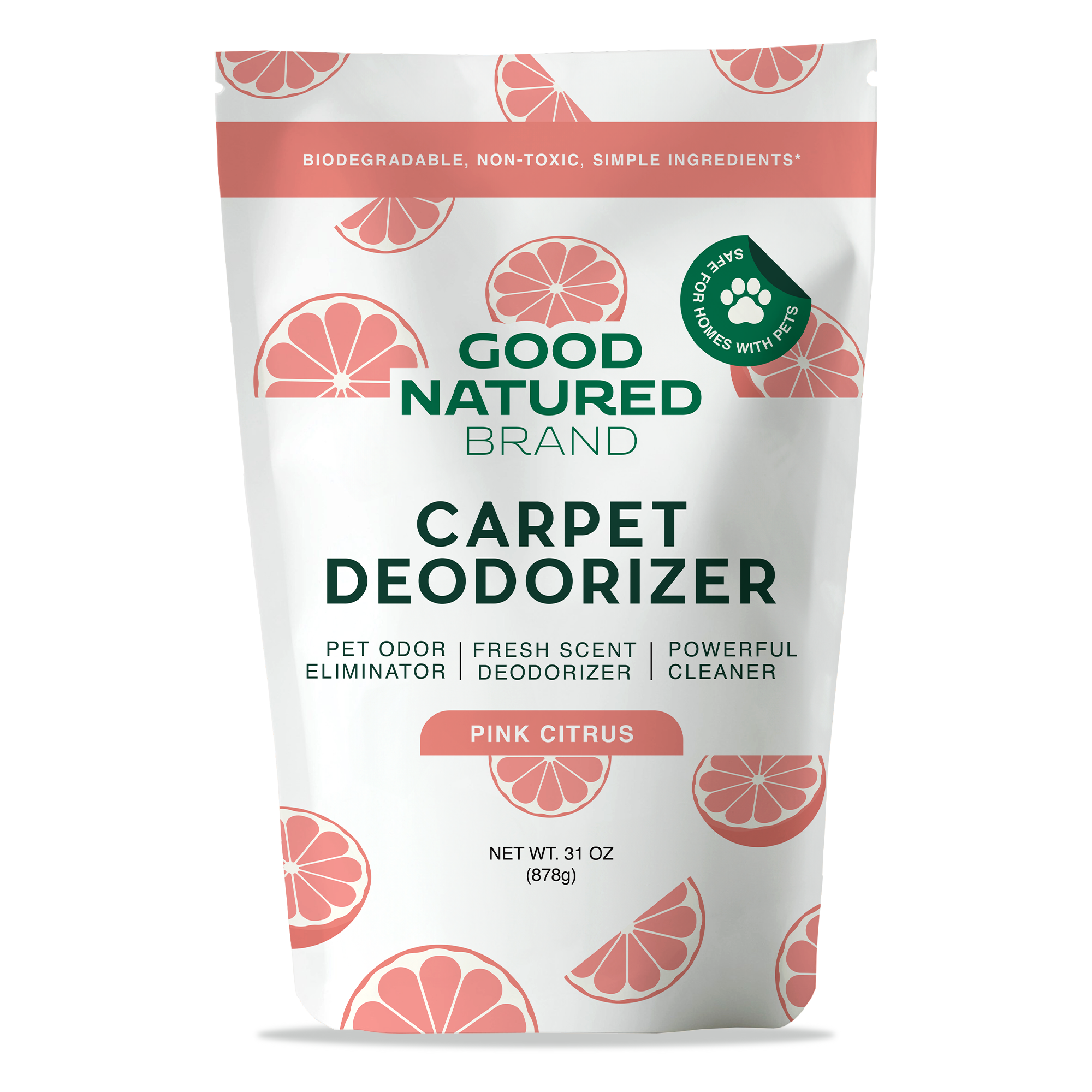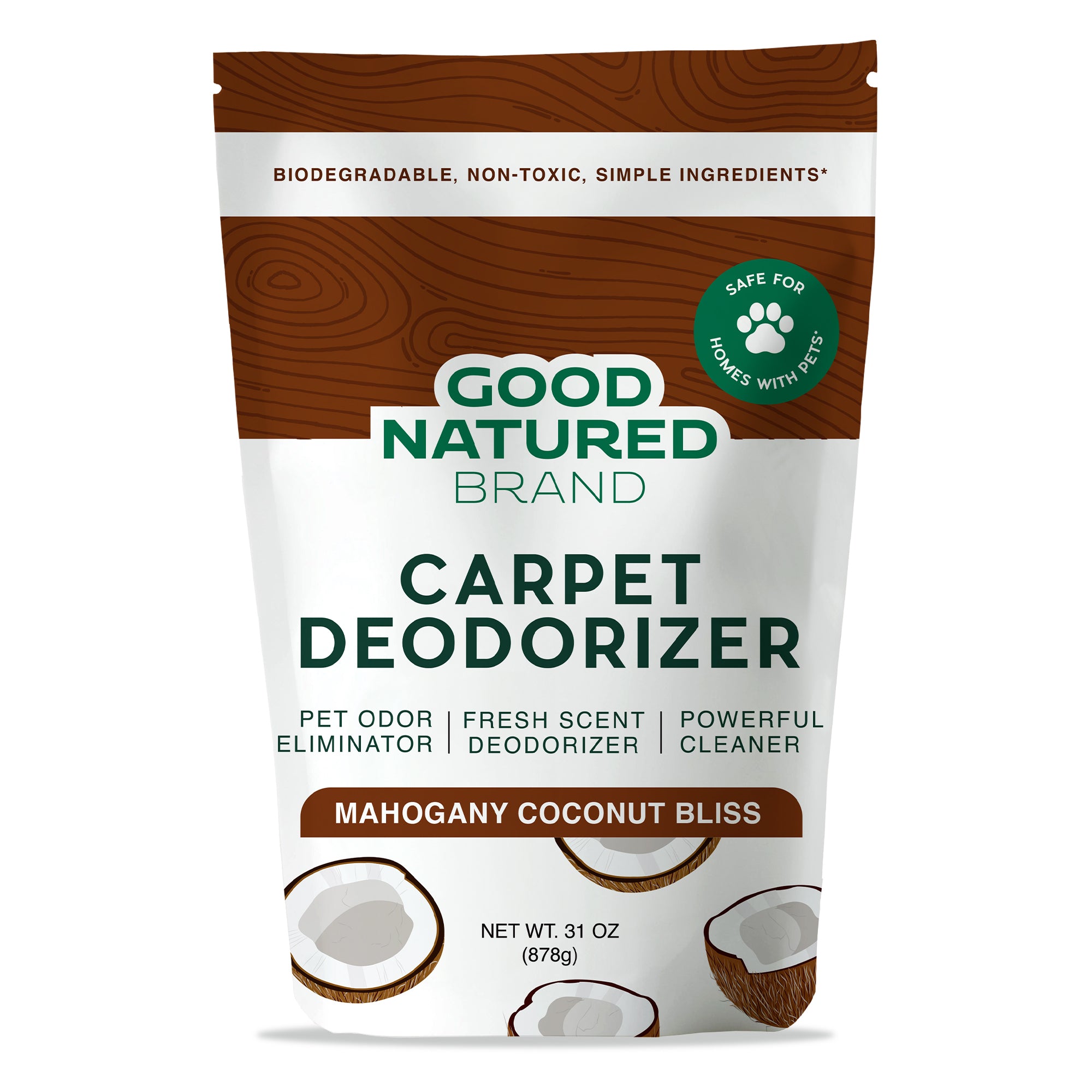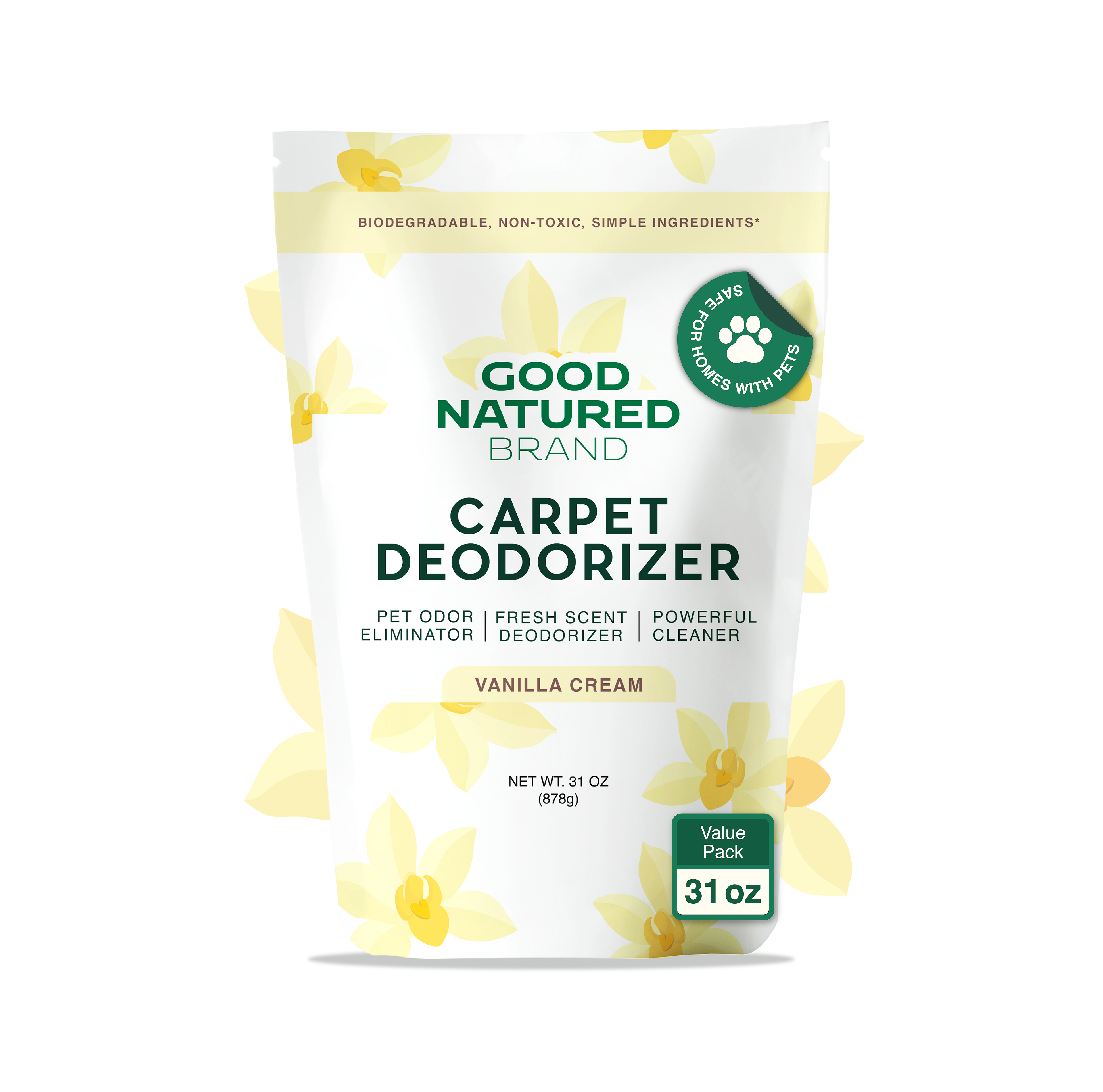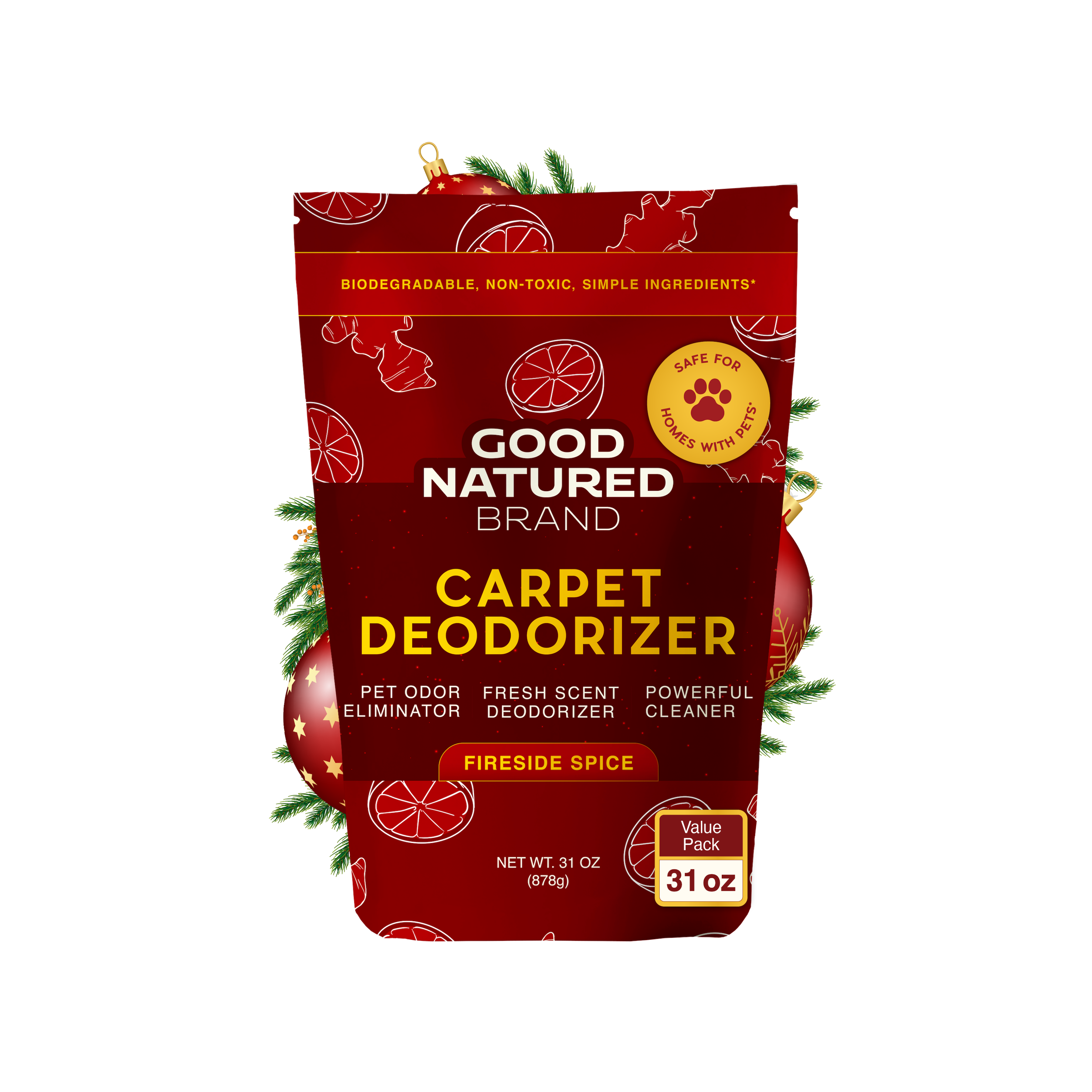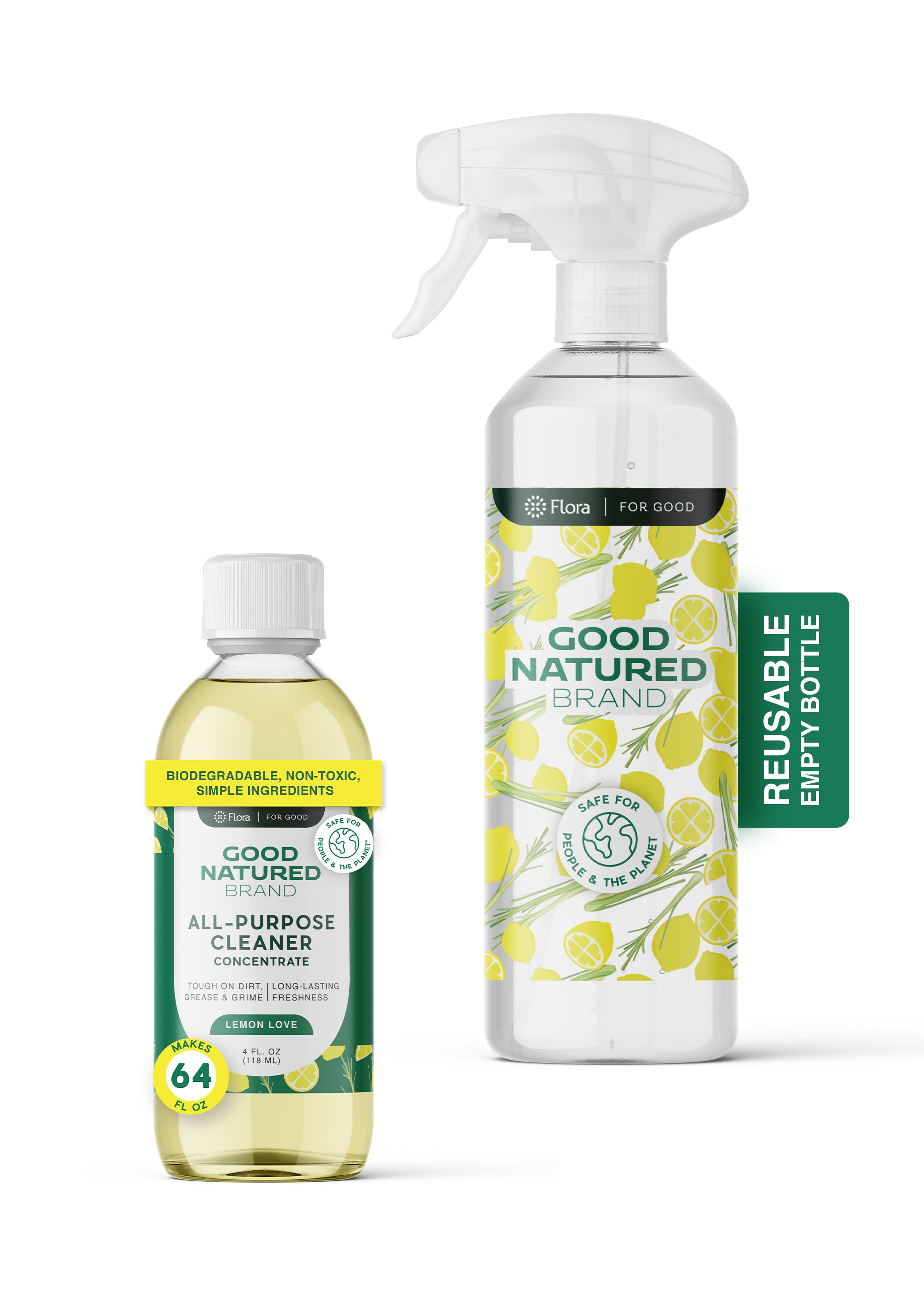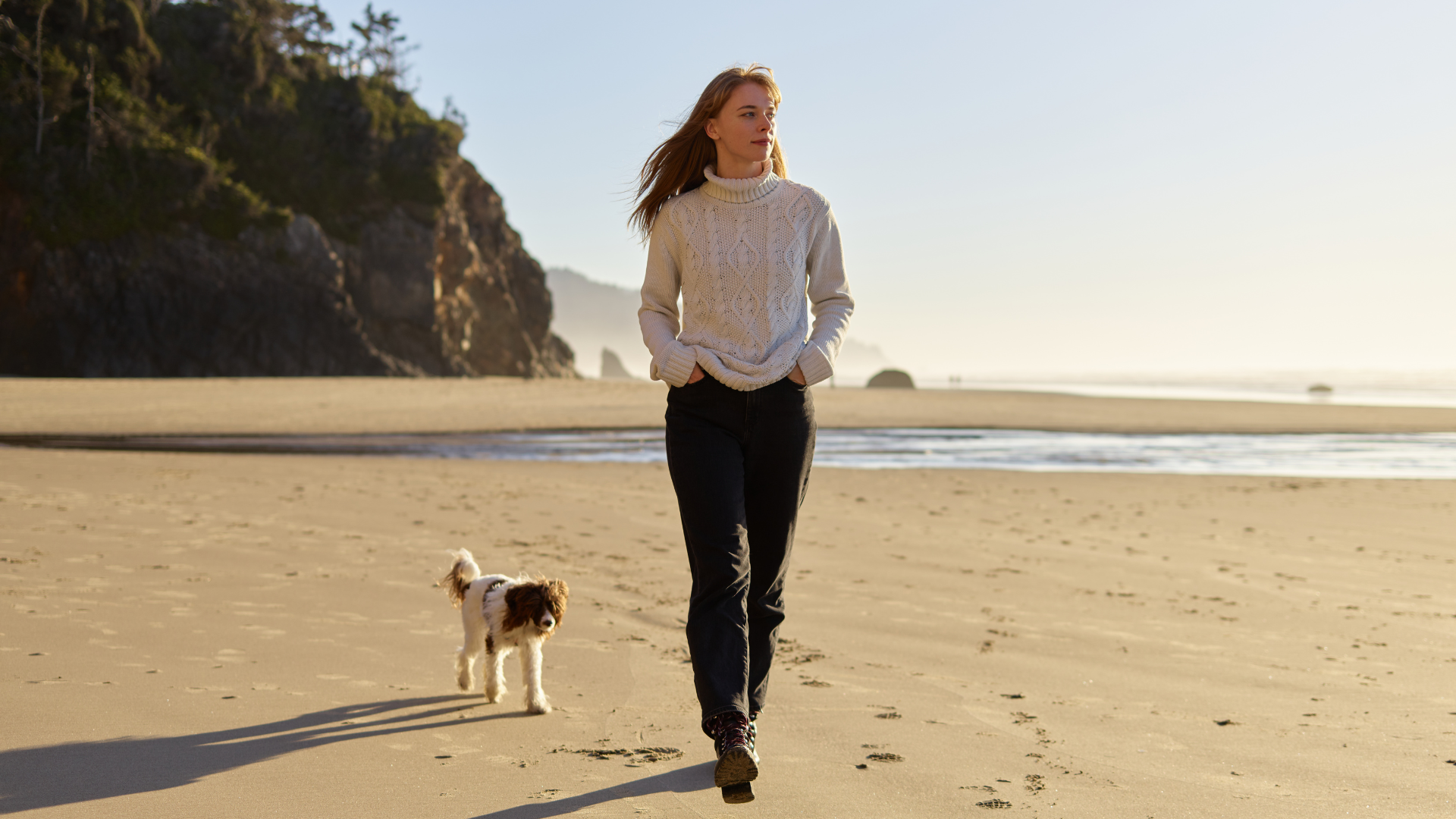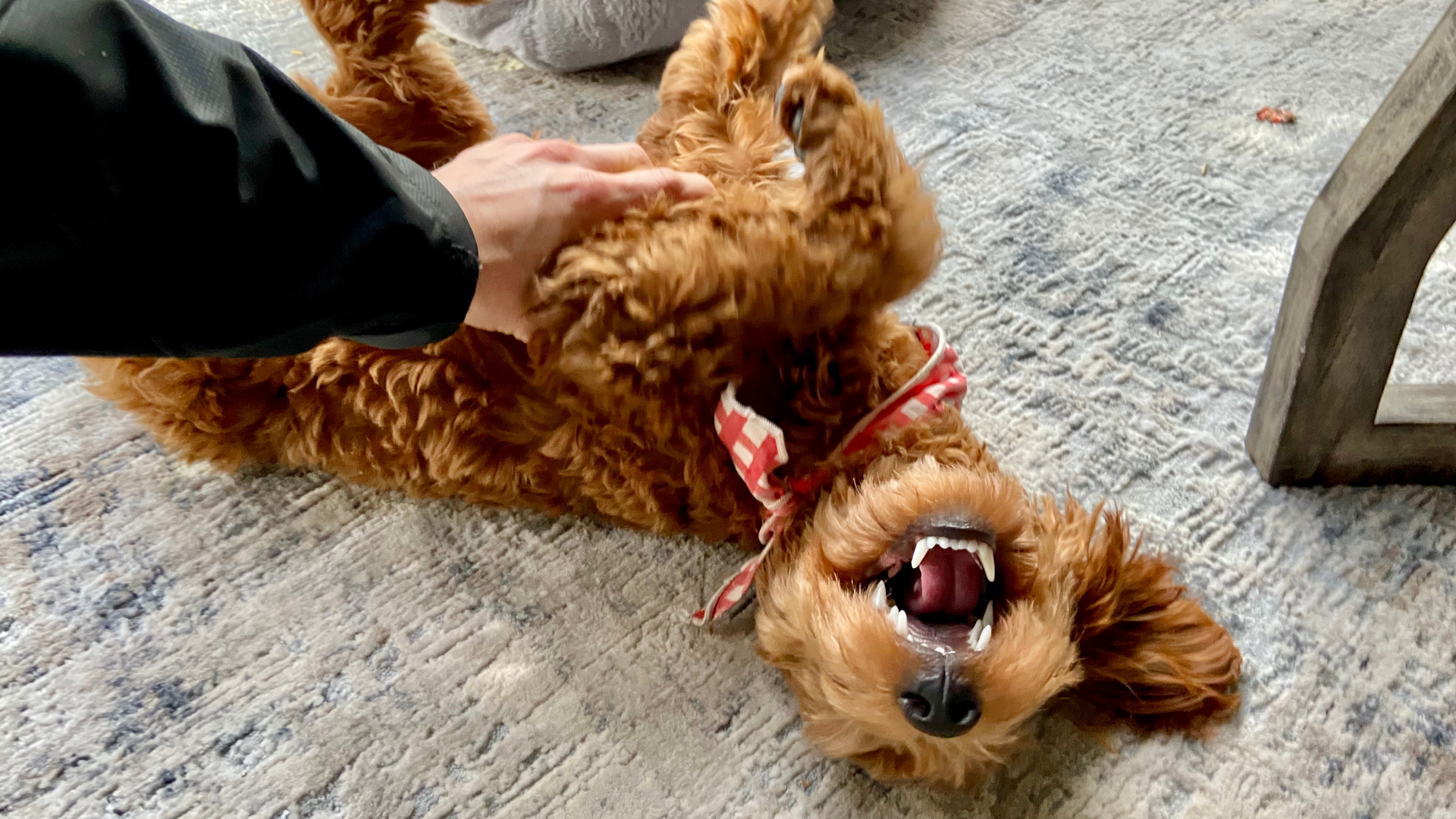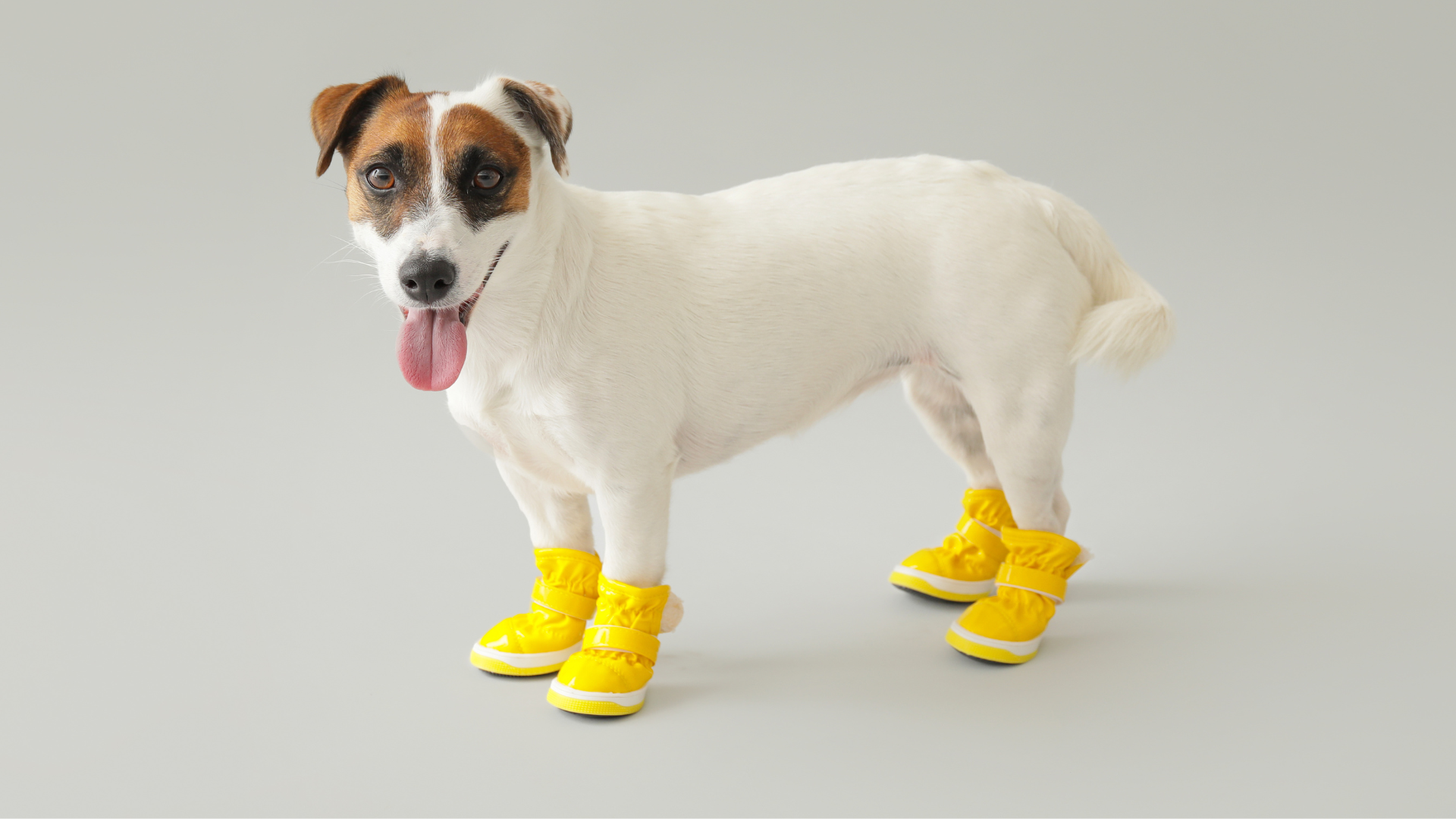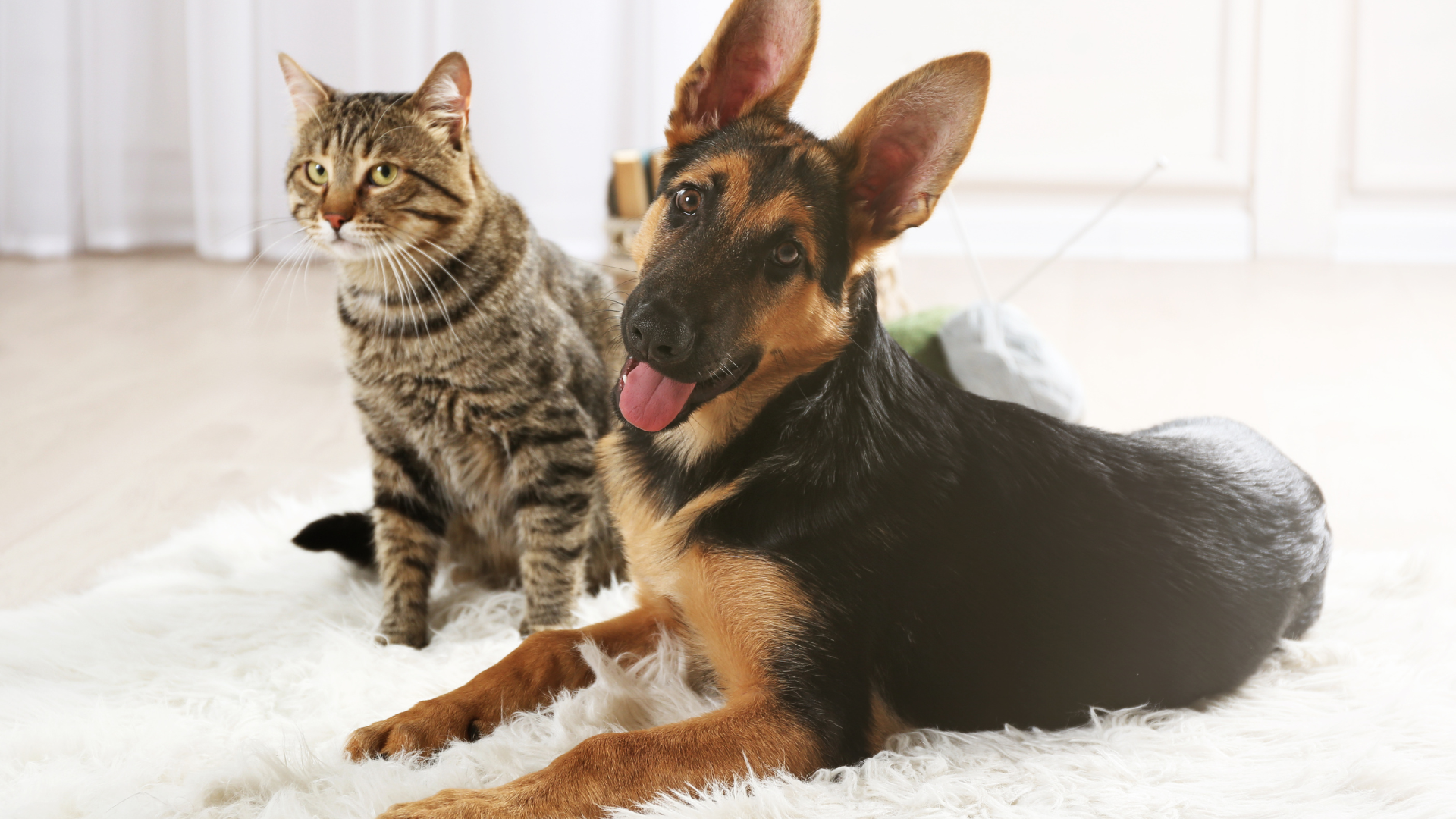If you’ve ever struggled with puppy potty training, you’re not alone. Many new dog owners feel frustrated with accidents, endless trips outside, and the pressure to “reward” every potty break. But the YouTube video “STOP Doing Your ‘Traditional’ Puppy Potty Training” by McCann Dog Training flips this idea on its head. Instead of treating potty breaks as nothing more than bathroom trips, the trainer shows how they can be powerful, bite-sized training sessions that set your puppy up for long-term success.
In this blog, we’ll dive deep into the insights from the video, unpack the trainer’s recommendations, and explain how you can turn routine potty breaks into valuable learning opportunities.
Rethinking Puppy Potty Breaks
For most owners, taking a puppy outside means simply waiting until they go, praising them, and heading back in. But according to McCann Dog Training, this “traditional” style misses a big opportunity. Puppies are most attentive and ready to learn during these quiet, focused moments. By treating potty breaks as mini-training sessions, you can start building critical foundations for obedience, attention, and leash manners.
This mindset shift is key. Potty breaks aren’t just relief breaks—they’re teaching moments.
Why You Should Avoid Food Rewards for Potty Elimination
One of the most surprising takeaways from the video is that you shouldn’t give your puppy treats immediately after they pee or poop. Why? Because elimination is already naturally rewarding. Puppies feel better after going, so giving them food on top of it can actually create bad habits—like scratching at the door just to “trick” you into giving them a snack.
Instead, save food rewards for behaviors that require effort—like responding to their name, making eye contact, or sitting calmly by your side. This way, treats become tools for shaping good habits, not reinforcing something that doesn’t need encouragement.
Building Value Around Your Puppy’s Name
One of the most important early lessons is teaching your puppy to recognize and respond to their name. The trainer demonstrates a simple but powerful method: using treats to lure your puppy toward you when you call them.
This builds positive associations with their name and lays the groundwork for recall—arguably one of the most important skills any dog can learn. By practicing this during potty breaks, you reinforce engagement when distractions are low, making it easier for your pup to succeed later in busier environments.
Adding Play to Potty Breaks
Even after using the bathroom, many puppies still have bursts of energy to burn. That’s why the video suggests incorporating quick, engaging play—like tug games—during these sessions.
Not only does this give your pup a healthy outlet for energy, but it also teaches them that being with you is fun. Play builds motivation, strengthens your bond, and helps prevent boredom-driven misbehavior later in the day.
And if indoor play gets messy? Don’t worry—our All-Purpose Cleaners and Carpet Deodorizers make cleaning up accidents or playtime mishaps quick and safe for pet-friendly homes.
Preparing for Future Leash Training
Before you ever head out on a long walk, your puppy needs to learn to sit calmly at your side. This skill makes leash training much smoother and prevents pulling or unsafe darting into traffic.
The trainer in the video emphasizes proper treat placement—rewarding your puppy when they sit close and straight. This positioning ensures your dog stays aligned with you, making walks safer and more enjoyable for both of you.
The Power of Eye Contact and Focus
A distracted puppy is a challenge for any owner. That’s why teaching your pup to focus on you is essential. The trainer shows a clever technique: feeding treats directly from your face level to your puppy’s nose. This encourages your puppy to look at you, not just the treat pouch or the ground.
Eye contact builds trust, strengthens your bond, and ensures your dog sees you as the center of attention—critical for safe, controlled walks.
Setting the Stage for Lifelong Learning
By applying these techniques, you’re not just potty training—you’re teaching your puppy how to learn. Every bathroom break becomes a mini-lesson in focus, obedience, and engagement. Over time, this builds a foundation that makes all future training smoother.
Inside training also plays a role, as the video hints at. Just as you reinforce good habits outside, you’ll want to establish structure and consistency indoors. Whether it’s managing play areas or keeping bedding fresh with Laundry Powders, creating a clean, consistent environment helps your puppy thrive.
Make Every Potty Break Count
The key lesson from “STOP Doing Your ‘Traditional’ Puppy Potty Training” by McCann Dog Training is simple: don’t waste those frequent trips outside. Potty breaks are golden opportunities to teach attention, name recognition, play engagement, and leash manners. By avoiding unnecessary food rewards for elimination and focusing instead on purposeful exercises, you’ll raise a puppy who’s attentive, motivated, and bonded with you.
Training doesn’t have to be long or complicated. With this approach, every outing—no matter how brief—becomes a step toward a well-behaved companion.
For more tips on pet parenting, training, and creating a healthy home, explore the Good Natured Brand Blog. And if you’re looking to keep your home fresh and pet-friendly, check out our Carpet Deodorizers, Laundry Powders, and All-Purpose Cleaners.
